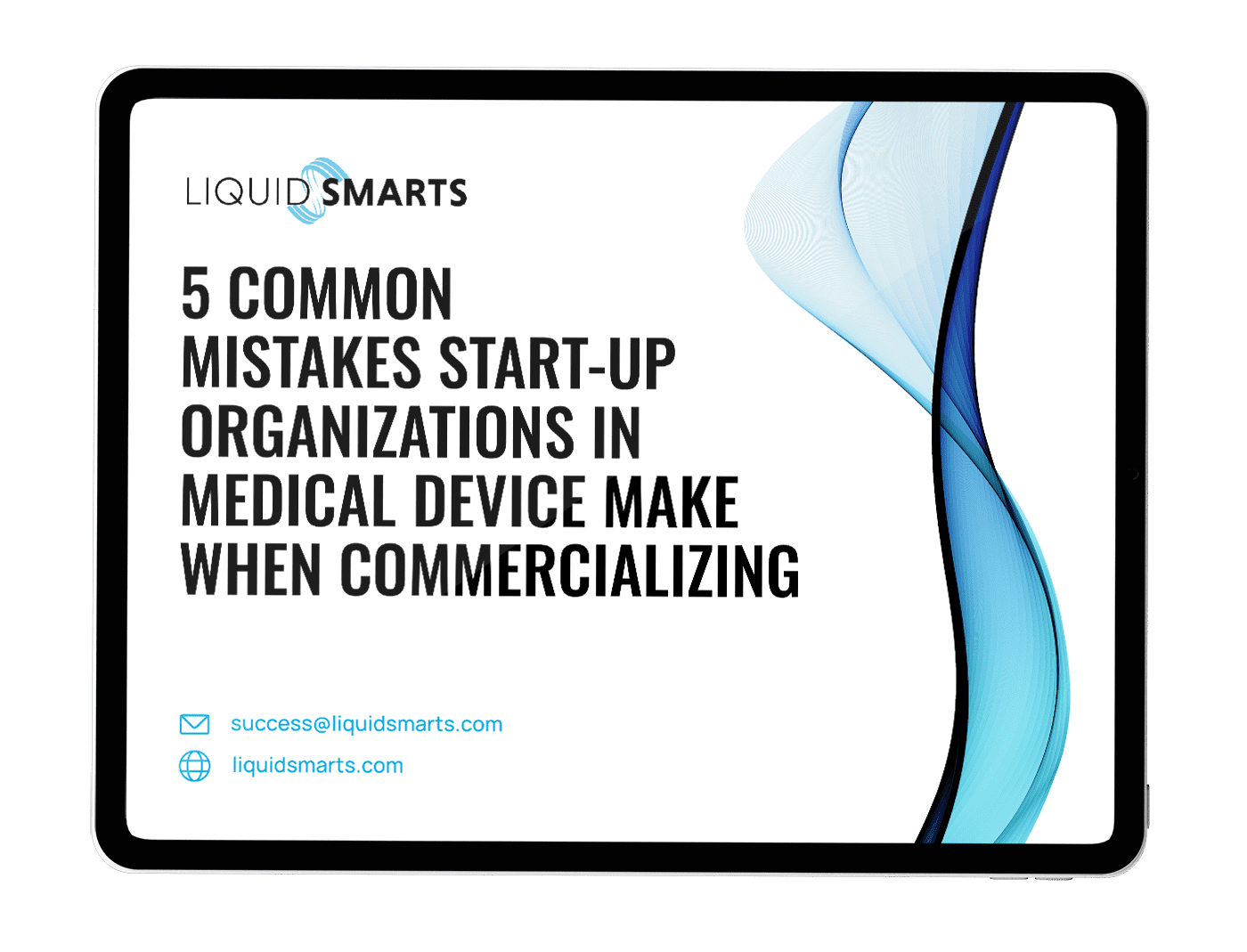When we think of innovation in healthcare, collaboration between organizations across different sectors is often overlooked. To achieve meaningful health equity and accelerate progress towards a digital healthcare ecosystem, it is essential that all parties involved step up and engage proactively in this process.
By embracing cross-sector partnering opportunities for mutual benefit, we can unlock long-term systemic solutions and improve patient experiences everywhere.
Let’s explore some fundamental principles of collaborative partnerships and ways to incorporate them into creative strategies for improving healthcare outcomes.
Understanding Cross-Sector Collaboration
Cross-sector collaboration is a unique blend of alliances that brings together individuals and organizations from various sectors, including healthcare, public health, social services, education, and business. These collaborations leverage their diverse perspectives and resources to jointly address societal problems and achieve shared goals.
Despite the growing recognition of cross-sector collaborations, it’s essential to note that these partnerships are not a one-size-fits-all solution. Their design and implementation should be guided by specific principles and structures that allow them to align services and incentives optimally.
The Role of Cross-Sector Collaboration in Addressing Childhood Adversity
Childhood adversity, which includes experiences of abuse, neglect, and household challenges, can have lifelong and intergenerational impacts on health and well-being. To comprehensively address these complex issues, healthcare systems are increasingly embracing the concept of cross-sector collaborations.
Cross-sector collaborations can help advance health equity by bringing together partners capable of addressing multiple factors driving health disparities, including social determinants of health. This holistic approach can be particularly beneficial in rural communities, where collaboration can amplify existing efforts and begin to address mistrust resulting from historic exclusion and abuse.
The Evolution of Cross-Sector Partnerships in Healthcare
Over the years, cross-sector partnerships in healthcare have evolved significantly. They have transitioned from being mere facilitators of healthcare delivery to active participants in addressing complex health issues. Today, these partnerships have taken on a more prominent role in addressing societal health problems, integrating healthcare, food support, legal aid, and financial services, among others.
This evolution has also been marked by shifting from a predominantly healthcare-centric approach to a more inclusive, multi-sectoral one. This approach recognizes the importance of addressing the root causes of health inequities, such as structural racism and disparities in access to resources, privilege, and power.
The Life Course Health Development (LCHD) Approach
The LCHD approach provides a theoretical framework for understanding how childhood adversity affects health development, emphasizing the need for proactive, developmental, and longitudinal investment. This approach posits that health development spans the domains of physical, cognitive, emotional, and social health and integrates these into a unified whole.
LCHD also underscores the importance of addressing power dynamics effectively, building trust, and helping team members manage any breaches of the shared culture they are developing. This approach presents a promising path for designing cross-sector collaborations that effectively address childhood adversity and advance health equity.
Principles Guiding Cross-Sector Partnerships
Adopting guiding principles that direct partnerships toward life course-oriented action is crucial to designing cross-sector partnerships effectively. These principles include:
- Proactive, Developmental, and Longitudinal Investment: This involves the early identification of potential health issues and the implementation of appropriate interventions throughout the life course.
- Integration and Codesign of Care Networks: Integrating diverse care providers and stakeholders can foster a more holistic approach to healthcare delivery, ensuring that all aspects of health are addressed.
- Collective, Community, and Systemic Impact: This principle emphasizes the need for collaboration and collective action to generate sustainable, community-wide health improvements.
- Equity in Praxis and Outcomes: This principle reinforces the importance of ensuring equity in health interventions’ processes and outcomes. It underscores the need for fair distribution of resources and opportunities to achieve health equity.
Building a Shared Cross-Sector Theory of Change
A shared cross-sector theory of change is a critical foundation for implementing effective cross-sector collaborations. This theory is a roadmap outlining the steps and strategies required to achieve the desired health outcomes. It encourages a shared vision and a collective commitment to achieving health equity.
Relational Structures Enabling Shared Leadership, Trust, and Learning
Relational structures promote shared leadership, build trust, and foster a learning culture within cross-sector collaborations. These structures can facilitate effective communication, promote mutual understanding, and encourage collaborative decision-making, all of which are crucial for the success of cross-sector partnerships.
Linked Data and Communication Platforms
Data sharing and effective communication are critical for monitoring progress, making informed decisions, and ensuring accountability within cross-sector collaborations. Linked data and communication platforms can facilitate information sharing, promoting transparency and fostering collaborative problem-solving.
Alternative Funding Models for Shared Savings and Prospective Investment
Innovative funding models are essential for the sustainability of cross-sector collaborations. These models may include shared savings arrangements, where the cost savings resulting from the cooperation are shared among the partners, and prospective investment models, where funding is allocated upfront for interventions expected to yield future benefits.
Embracing the Future of Cross-Sector Collaboration in Healthcare
As healthcare evolves, the need for effective cross-sector collaborations will only become more pronounced. These collaborations hold immense potential for addressing complex health issues, fostering health development, and promoting health equity. By embracing the principles, structures, and strategies outlined in this article, we can harness the power of cross-sector collaborations to create a healthier, more equitable future for all.
For more information about cross-sector collaboration in healthcare, contact collaboration@healthcare.org.







